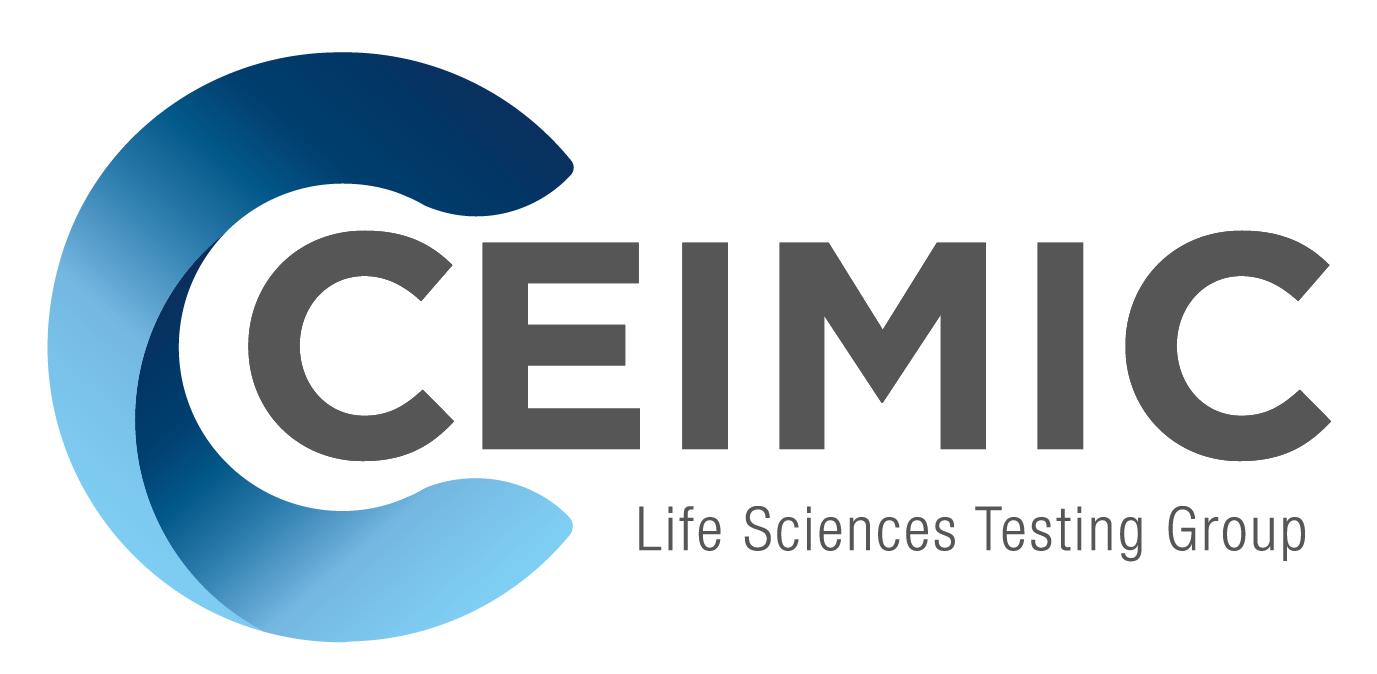Find out how the new air quality guidelines can directly impact the health of the population, as well as biodiversity.
Recently, the National Environmental Council (CONAMA) approved new deadlines for air quality standards, a crucial issue for public health and the environment. This is the first time that the country will have deadlines to implement air quality standards, the result of 30 years of debates.
The new rules will bring considerable advances in well-being and sustainable development. Therefore, in this blogpost, we will explore the changes implemented, compare how they were before with the current change, and the expected impact of these new guidelines.
Air quality, health and biodiversity
It is a fact that air quality is essential for health and environmental preservation. Atmospheric pollutants can cause respiratory and cardiovascular problems and also negatively impact biodiversity.
The new air quality standards establish maximum limits for the concentration of pollutants, ensuring a healthier environment for everyone.
Necessary changes
In June, CONAMA approved a series of updates to air quality standards, in line with the recommendations of the World Health Organization (WHO).
Key changes include:
Reduction of pollutant limits:
New air quality standards established by CONAMA have reduced acceptable limits for several types of pollutants, including particulate matter (PM10 and PM2.5), sulfur dioxide (SO2), nitrogen dioxide (NO2) and ozone (O3).
The measure aims to make the air we breathe cleaner and healthier.
New deadlines for compliance:
The new resolution establishes specific deadlines for states and municipalities to adapt their policies and infrastructure, ensuring the gradual reduction of air pollution.
Monitoring and transparency:
To ensure that air quality improves in line with the new standards, CONAMA has implemented more stringent guidelines for continuous monitoring of air quality and the release of data to the public. Thus increasing the transparency and responsibility of the authorities and industries involved.
Comparison: before and after the new resolution
To understand the impact of changes to air quality standards, it is essential to analyze what previous standards were like and how the new guidelines transform the current approach.
The following comparison highlights the main differences between previous standards and recent updates, highlighting the evolution in the protection of public health and the environment.
Before resolution:
- Previous standards, established more than a decade ago, were out of date with the latest scientific research on the effects of air pollution.
- The limits for pollutants such as PM2.5 were higher, allowing concentrations greater than those recommended by the WHO.
- Monitoring and data reporting were not as rigorous, which made informed decision-making and public participation difficult.
After resolution:
- The new limits are more restrictive, in line with WHO guidelines, reflecting a significant advance in the protection of public health.
- With specific deadlines for implementation, a gradual and consistent reduction in pollution levels is expected.
- Strengthening monitoring and transparency allows society to closely monitor progress and demand effective actions from authorities.
The impacts of change on society
The adoption of new air quality standards brings a series of benefits:
- Public health: reduction of respiratory and cardiovascular diseases, improving the population’s quality of life.
- Environment: less impact on fauna and flora, contributing to the preservation of biodiversity.
- Economy: reduced spending on public health and potential for the development of clean and sustainable technologies.
Count on CEIMIC
The new air quality standards approved by CONAMA represent a crucial step towards a more sustainable and healthier future.
As one of America’s largest Life Science Testing Groups, CEIMIC remains dedicated to providing high-quality services that contribute to environmental protection and public health.
We stand ready to support the implementation of these new guidelines through our analysis and monitoring services.
Together, we can build a better world for future generations.


Recent Comments